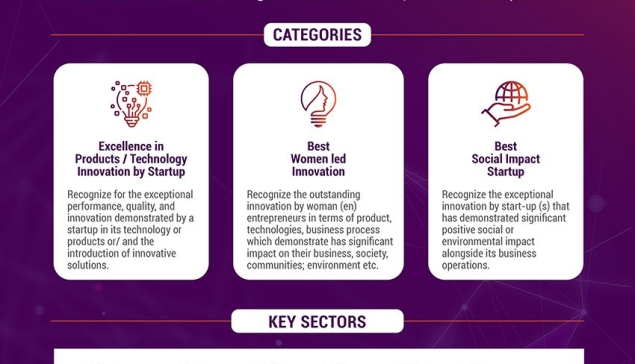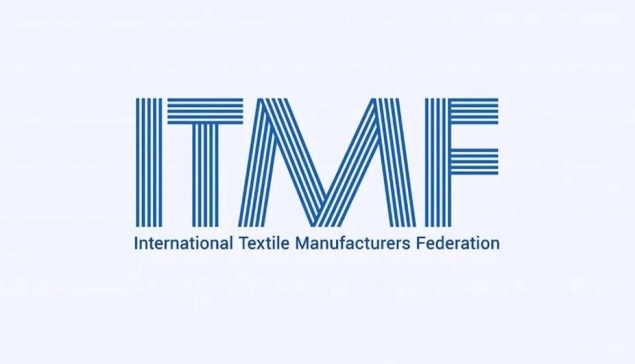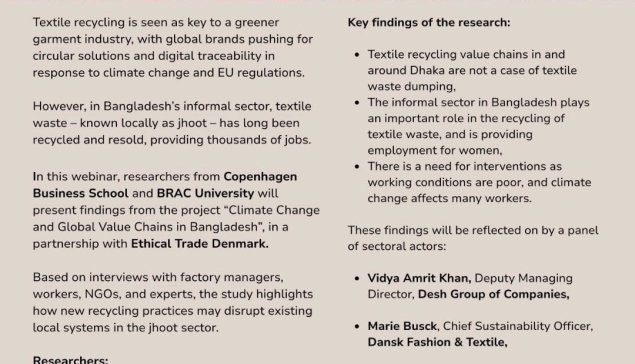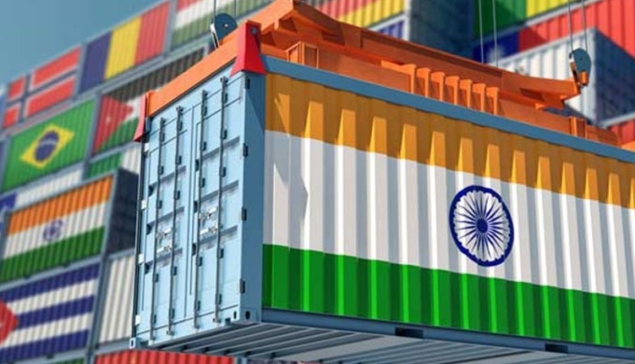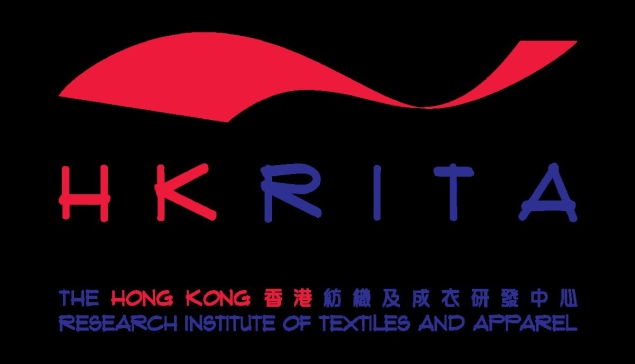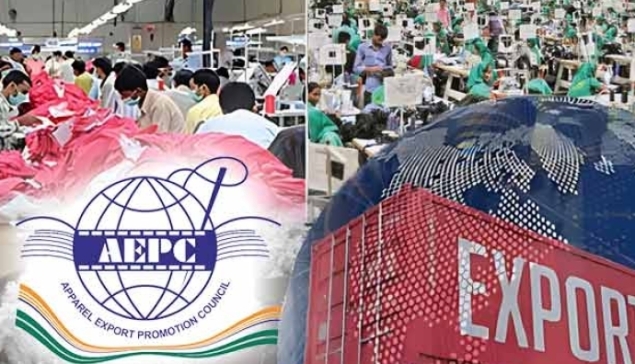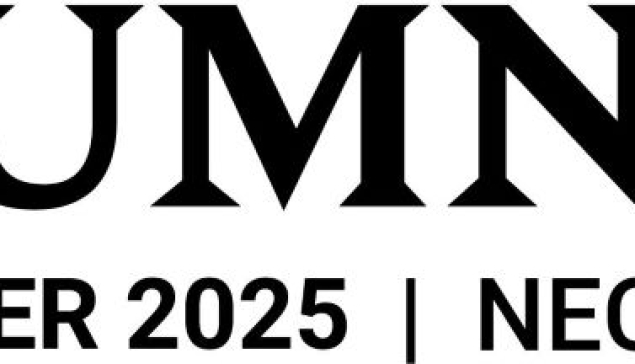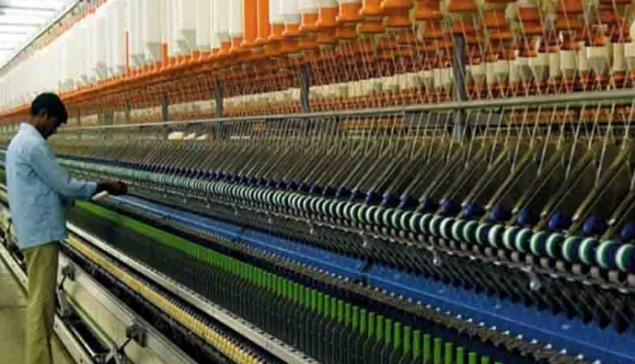Salil Chawla, Director at DFU Publications, speaks with Pinaki Ranjan Das, Secretary General of the Association of Synthetic Fibre Industry (ASFI), on the sidelines of the PHDCCI-hosted Man-Made Fibres Conference held in New Delhi on April 22, 2025.
Pinaki Ranjan Das (ASFI):
Today, India’s total fibre consumption stands at approximately 13 million metric tonnes. Of this, man-made fibres (MMF) account for around 7.5 million metric tonnes, while cotton comprises about 5.2 to 5.3 million.
Looking ahead to 2030, we project total fibre consumption to reach 20 million metric tonnes. Within that, MMF is expected to grow to 13 million metric tonnes, and cotton to about 7 million. This reflects an increase in MMF’s share from the current 57–58% to approximately 65–67%.
Globally, MMF already dominates with a 77% share, and that's the benchmark we are aiming to align with. A decade ago, the situation in India was quite different—cotton had a larger share, and MMF consumption was just around 40%. However, we’ve seen a steady shift, driven by capacity expansion and rising demand.
The demand for MMF continues to grow robustly, led by polyester, followed by viscose filament, acrylic, nylon, polypropylene, and others. This segment will be the primary engine for growth in the fibre industry.
On India’s position in a shifting global landscape:
India is well-positioned, thanks to its vast domestic market and strong export capabilities. While global disruptions will certainly pose challenges—particularly on the export front—we believe India will maintain resilience and self-sufficiency.
Join our group
Over time, we expect to emerge stronger than many others, despite the current unpredictability of the global environment.
Message to the MMF industry:
The MMF sector in India is on a strong growth trajectory. India is already the second-largest producer globally, after China, and there’s significant potential for further expansion.

